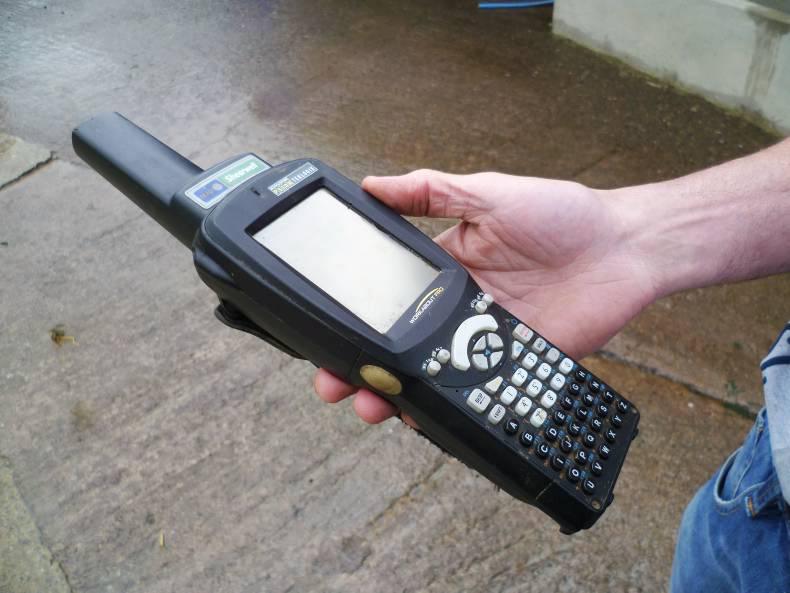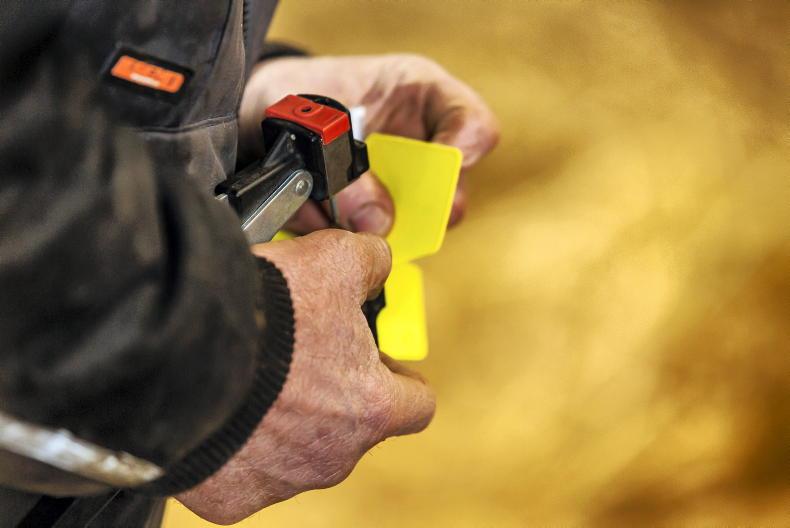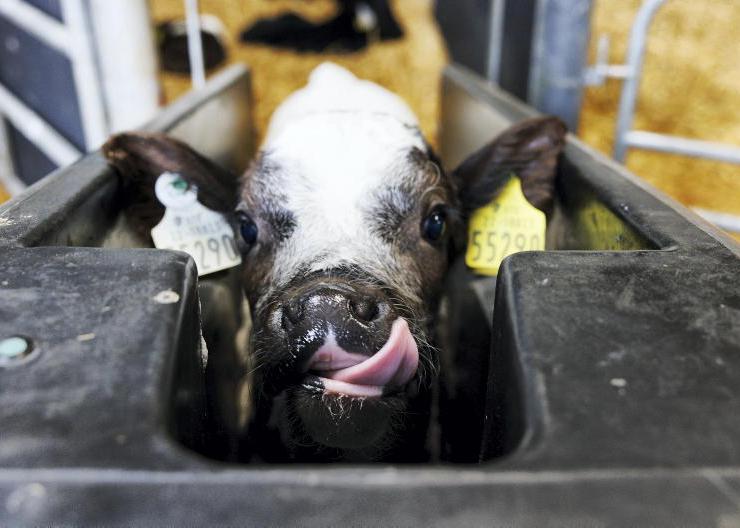The Teagasc sheep walk held here last week was a great success. I was happy with how it went and was delighted with a larger than expected crowd in attendance. I was pleased to get talking to many of the farmers who attended, some even travelling from as far away as Donegal.
Hopefully the hard work in preparation for the day will be worth it as I have had some enquiries into selling some ewe lambs for breeding and with any luck these will develop into something more than enquiries.
As always, the routine farm work doesn’t go away and since the walk we have been drafting lambs for sale and dosing the remainder with their second worm drench. At this stage of the year, I use a clear drench as part of my dosing strategy.
Even though it is only July, my thoughts have turned to the next breeding season. All the ewes are getting their NTC.
Since the introduction of the EID tagging of ewes, all the relevant information has been easier to record during the busy spring period. As I have been tagging lambs at birth with EID tags, all parentage information has being collected and assigned.
Because I have been rapidly building numbers, I have been letting any ewe lambs suitable for breeding into the flock. But with electronic tagging and recording, I can keep track of ewes which are underperforming. As the increase in my flock slows, I will now have the pick of the flock to retain for breeding.
The proposal to impose full electronic tagging on all animals leaving the holding of origin is one of a number of options that has arisen in a review of the National Sheep Identification System (NSIS). I am a fan of EID tagging and its benefits, but I know many people aren’t.
Price and an increased amount of paperwork are the two most often made excuses for not wanting to use EID tags on lambs. I would argue that there are too many options for tagging our sheep and that this needs to be simplified.
Best approach
For me, the option of a single EID tag stands out as the best approach.
If, as suggested, marts and factories will act as central points of recording where tag numbers will be electronically read and recorded on behalf of keepers, paperwork should be reduced.
This has been the case in the UK for the past number of years. The records collected through electronic scanning of tags can be used to generate tag lists for use with relevant dispatch/movement documents.
Farmers will have to complete a dispatch document, but a printout of tag numbers can replace handwritten numbers. I am also aware that some processors in the UK have been giving a bonus to farmers with EID-tagged lambs.
This in turn covered a lot of the extra cost involved with the tags; maybe such an incentive scheme here would help persuade more of us farmers of the benefits.
Another benefit that I can see would be providing clear and concise traceability of every animal that enters the food chain from its birth.
All this technology was tested earlier this week when I loaded 400 breeding ewe lambs on to a lorry. We read all the lambs as we filled the pens on the lorry with an EID wand. This reduced workload as there was no need to bring the lambs through the race to read each individual tag.
A movement form was then printed off and the only writing I had to do was to sign my name.
These lambs are taking a short holiday away from the farm as they are heading to the farm of Roy Collier, Co Wexford.
They are participants in his record attempt to shear 600 lambs in nine hours on 1 August. All proceeds from the day will be donated to the Jack & Jill and Laura Lynn Foundations.










SHARING OPTIONS